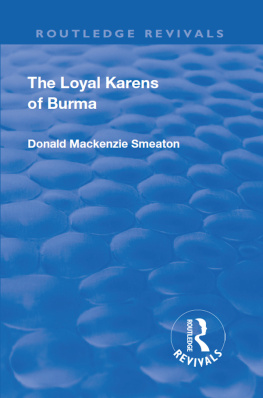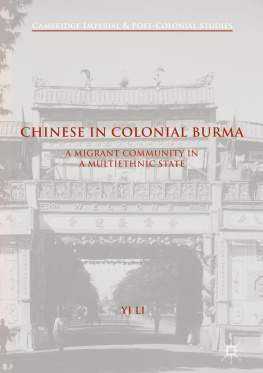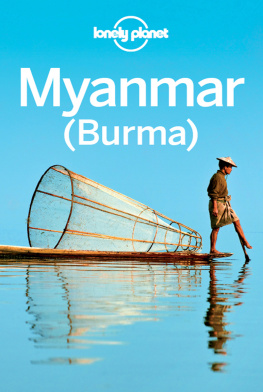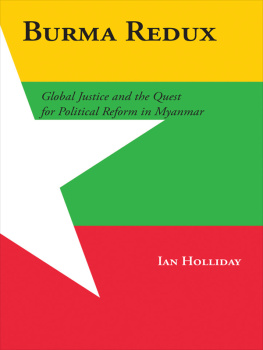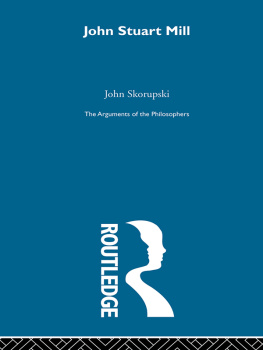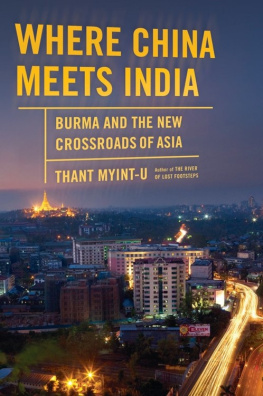First published in 1910 by Kegan Paul, Trench, Trbner & Co., Ltd.
This edition first published in 2018 by Routledge
2 Park Square, Milton Park, Abingdon, Oxon, OX14 4RN
and by Routledge
711 Third Avenue, New York, NY 10017
Routledge is an imprint of the Taylor & Francis Group, an informa business
1910 by Taylor & Francis
All rights reserved. No part of this book may be reprinted or reproduced or utilised in any form or by any electronic, mechanical, or other means, now known or hereafter invented, including photocopying and recording, or in any information storage or retrieval system, without permission in writing from the publishers.
Publishers Note
The publisher has gone to great lengths to ensure the quality of this reprint but points out that some imperfections in the original copies may be apparent.
Disclaimer
The publisher has made every effort to trace copyright holders and welcomes correspondence from those they have been unable to contact.
A Library of Congress record exists under ISBN: 10015127
ISBN 13: 978-1-138-61496-3 (hbk)
ISBN 13: 978-0-429-46350-1 (ebk)

THE QUEENS GOLDEN MONASTERY, MANDALAY
BUILT BY QUEEN SUPAYALAT IN 1885
Reproduced from illustration in Some Conservation Works in Burma by Mr Taw Sein Ko, Superintendent of the Archological Survey
BURMA
Through the Centuries
Being a short account of the leading races of Burma, of their origin, and of their struggles for supremacy throughout past centuries; also of the three Burmese Wars and of the annexation of the country by the British Government.
BY
JOHN STUART
(Managing Proprietor, Rangoon Gazette)
WITH FIFTEEN ILLUSTRATIONS
SECOND EDITION
REVISED AND ENLARGED
LONDON :
KEGAN PAUL, TRENCH, TRBNER & CO. LIMITED,
DRYDEN HOUSE, 43 GERRARD STREET, W.
1910
PREFACE

I T is astonishing how little either the Burmese themselves, or Europeans who have been long resident in the country, know of the history of Burma. Although I have lived in Burma for nearly forty years, it was only when I had occasion, last year, to write a brief sketch of that history that I realised how little I really knew about it. At the same time I discovered the cause of the prevailing ignorance. I was unable to find any book which gave a clear and intelligible account of what is really known. The late Sir Arthur Phayres book was the only one I could discover in which the attempt is made to give a complete account of Burma through the ages. But, valuable as that book is, it is scarcely the book which the business man of scant leisure resident in the country, or the visitor, is likely to read. For one thing, to the European reader, at least, the profusion of native names introduced is very confusing. It is difficult to remember names so unfamiliar, and one is constantly turning back to see who this or the other person is. The difficulty is increased by the change of spelling which has since been introduced in the matter of Burmese words and names. Then there is a wealth of detail in matters of comparatively little importance, taken often from Burmese sources, on which but little dependence can be placed, and long accounts of ruthless wars, of wholesale murders, and of horrible cruelties, which become very tiresome. It is scarcely to be wondered at that the average resident even gives up the attempt to follow all this, and contents himself with a vague idea that Burmese history may be summed up as a wearisome record of barbarity and cruelty. It is that, no doubt, but there is more in it than that. The Kings were not all bloodthirsty and utterly selfish tyrants, though too many of them were. Moreover, the essentially interesting part of the history lies, not in the doings of the Kings, but in the struggle for supremacy of the various races inhabiting the country, more especially the Burmese, the Shans, and the Talaings. This triangular contest was carried on for more than a thousand years, certainly for considerably more, in all probability; and this makes Burmese history all the more difficult to follow. It makes the history of Burma very much like what a combined history of France, England and Scotland, up to the accession of James I. to the throne of England, would be. Even that does not quite represent the complexity of Burmese history, for the Burmese race had separated into two sections, the one inhabiting Upper Burma and the other Arakan. Moreover, there were the Karens, the Was, and other hill tribes who retained more or less independence throughout in their mountain fastnesses.
In the following pages I have endeavoured to give a brief account of what is really known of this long struggle, as clearly as I could. I make no pretention to scholarship, but have aimed at putting what is known in such form as to render it accessible to any one, be he resident or visitor, who wishes to know, in general outline at least, what the history of the country has been. The books from which I have drawn my information are as follows :
History of Burma, by Sir Arthur P. Phayre, G.C.M.G., K.C.S.I., and C.B.
Our Burmese Wars, by Colonel W. F. B. Laurie.
The Loyal Karens of Burma, by Donald Mackenzie Smeaton, M.A., Bengal Civil Service.
The Gazetteer of Upper Burma and the Shan States, by Sir J. George Scott, K.C.I.E., Superintendent and Political Officer, Southern Shan States.
A Description of the Burmese Empire, by Rev. Father Sangermano.
Burma, with Special Reference to her Relations with China, by E. H. Parker, H.M. Consul, Kiungchow, and at one time Officiating Adviser on Chinese Affairs in Burma.
The Alaungpra Dynasty, by James Gray.
Reminiscences of the Court of Mandalay. Extracts from the Diary of General Horace A. Browne, 18591879.
I am also indebted to Mr Taw Sein Ko, Superintendent of the Archological Survey of Burma, for some information as to what is known of Burma in prehistoric times; and to Mr Charles Duroiselle, Lecturer in Pli at the Rangoon College, for the loan of some pamphlets on the same subject.
J. STUART
Rangoon
12th February, 1909.
PREFACE TO THE SECOND EDITION.
It is gratifying to find that this little book has met with so favourable a reception that a second edition is called for. In publishing this, I take the opportunity to reply to the criticisms I have seen, and to repair the omission, in the first edition, of any reference to Marco Polos account of the Burma of his day. All this I have done in an appendix, the first part of which, that referring to Mr Duroiselles criticisms, should be read in connection with the first two chapters, and with the first three paragraphs in the third chapter in the book. The account given in the Appendix of Marco Polos references to Burma is practically a sequel to Chapter III. The question raised, as to Alompras names and those of three of his successors, should be considered in connection with the chapters dealing with the Alompra dynasty. The remainder of the appendix deals only with the reference to General de Facieu on page 153, and with Colonel Brownes reference to French and Italian adventurers, reproduced on page 168.



 THE QUEENS GOLDEN MONASTERY, MANDALAY
THE QUEENS GOLDEN MONASTERY, MANDALAY


